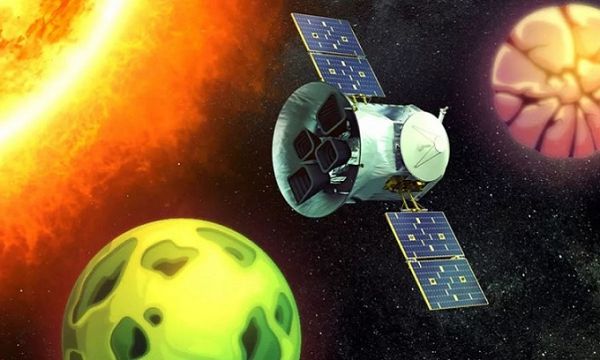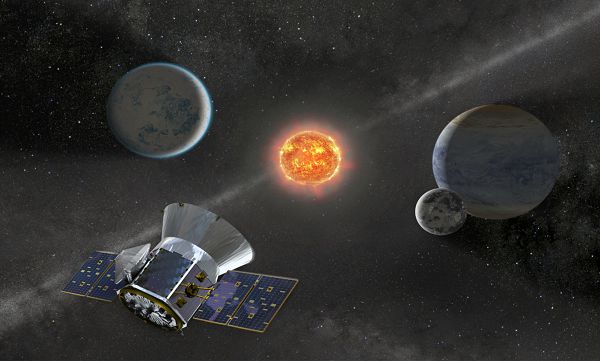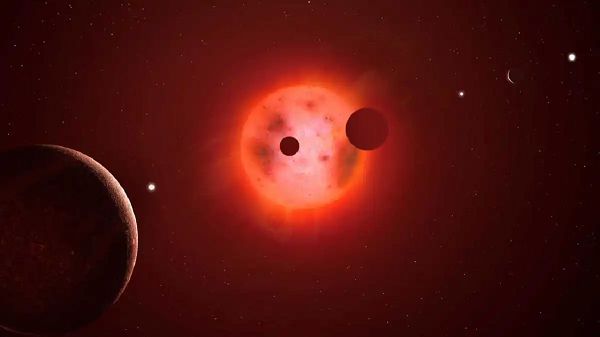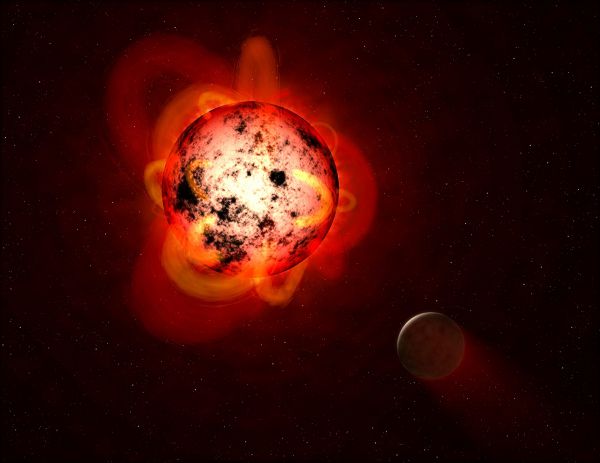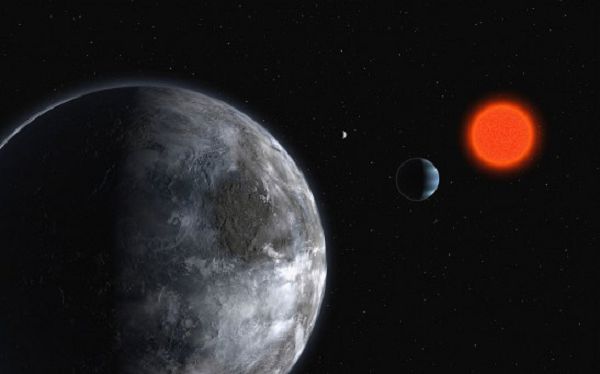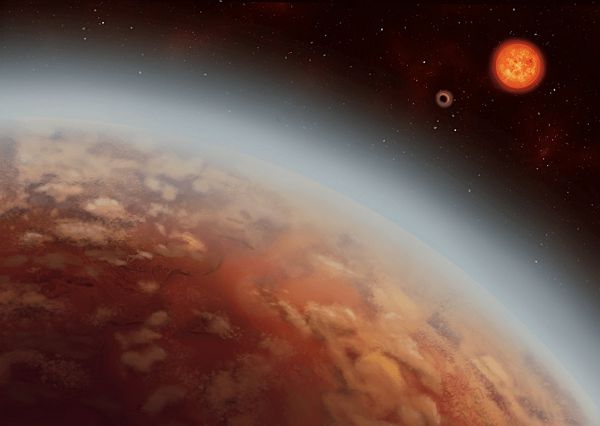Could There Be Life on Two ‘Super-Earths’ Right Near Us?
Recently, scientists have discovered a binary star system with two planets that closely resemble Earth, located just 33 light-years away from our planet.
The Transiting Exoplanet Survey Satellite (TESS) of NASA, the United States’ National Aeronautics and Space Administration, has detected a group of “neighbor” objects only 33 light-years away from Earth, exhibiting some intriguing characteristics.
The newly discovered group of objects consists of a host star and its orbiting planets, forming a planetary system. Among them, there are at least two planets larger than Earth, known as Super-Earths.
According to a press release from the Massachusetts Institute of Technology (MIT), the host star of the planetary system is named HD 260655. This star is relatively small and has a cool temperature, belonging to the group of M-dwarf stars, also known as red dwarfs.
It took several months for scientists to confirm that the periodic dimming of the HD 260655 star is caused by the planets moving in front of its disk plane.
The inner planet revolves around HD 260655 with a period of 2.8 Earth days, being 1.2 times larger and twice as massive as Earth.
On the other hand, the outer planet takes 5.7 Earth days to complete one orbit around the host star, having a size 1.5 times that of Earth and a mass three times that of Earth. Both planets are considered rocky planets.
Michelle Kunimoto, a scientist at the MIT Kavli Institute for Astrophysics and Space Research, stated that the two planets orbiting HD 260655 are suitable targets for studying their atmospheres due to the high brightness of their host star.
However, orbital calculations reveal that both planets orbit too close to the star for liquid water to exist on their surfaces. Therefore, the research team emphasized that the newly discovered planets are not suitable for human habitation.
According to the study, the inner planet of HD 260655 has a temperature of 436.6 degrees Celsius, while the outer planet has a temperature of approximately 286.6 degrees Celsius. Michelle Kunimoto explained that these temperatures are too high for the possibility of life to exist.
Nevertheless, the two planets still provide new opportunities to learn more about Earth-like celestial bodies outside the Solar System. Scientists will continue studying the star system to search for additional planets located farther away from the star.
The TESS telescope was launched in April 2018, with a mission to search for exoplanets outside the Solar System. It operates by detecting sudden drops in the brightness of stars, indicating the potential presence of a planet passing in front of them.
Avi Shporer, a member of the MIT research team, stated that it is entirely possible for there to be more than two planets orbiting this star.
Hits: 1
